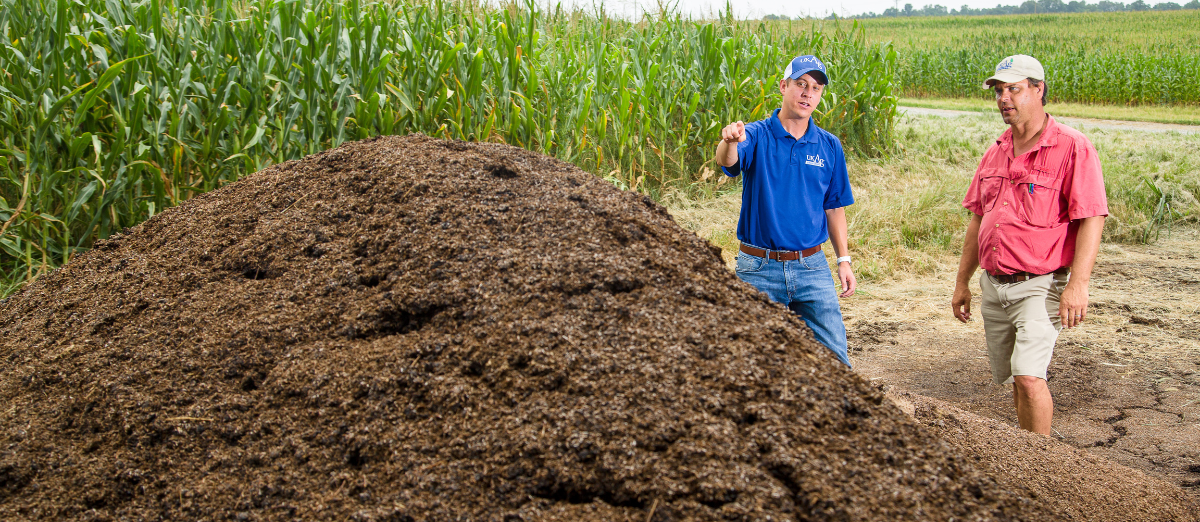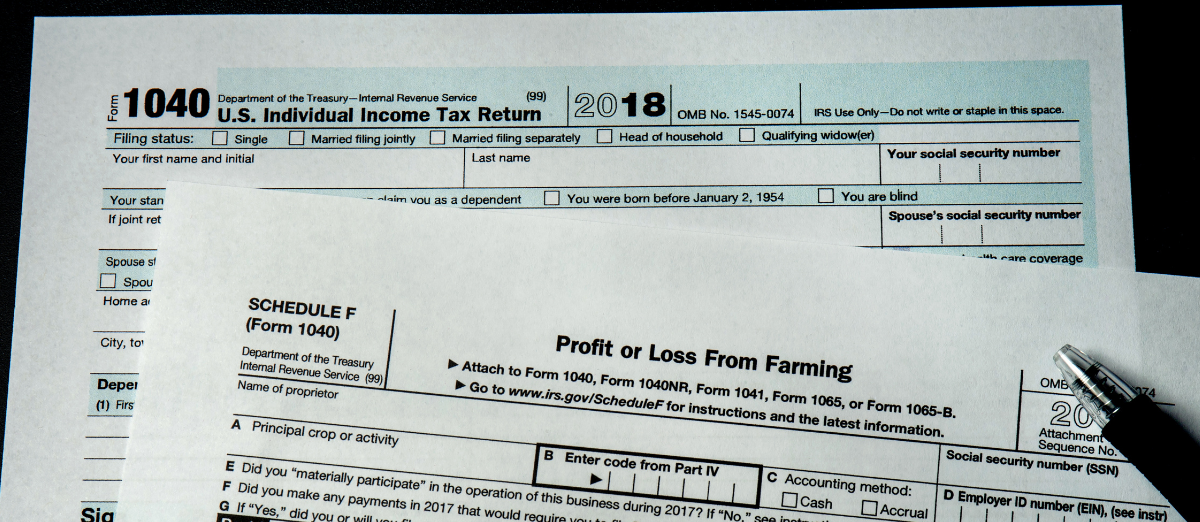The Economic Value of Applying Broiler Litter in the Fall 2022
Author(s): Jordan Shockley
Published: November 29th, 2022
Shareable PDF
Spring application of broiler litter is ideal for maximizing the economic value but faces challenges that include wet soil conditions, lack of time to spread litter near planting, and availability of litter in the spring. Therefore, it is a common practice in Kentucky to apply broiler litter in the fall. While not optimal from an economic, agronomic, or environmental perspective, producers still need to understand the economic value from applying broiler litter in the fall.
Litter applied in the fall to fallow cropland will suffer from ammonium volatilization and leaching resulting in little to no nitrogen available to the crop come spring. This results in an economic value less than if applied in the spring. To evaluate the economic value of broiler litter applied in the fall, first assume that soil test recommendations indicate the need for phosphorus and potassium. Also, assume that “as received” broiler litter has a nutrient content of 50 lbs of nitrogen, 56 lbs of phosphorus, and 47 lbs of potassium (average for Kentucky). Broiler litter also contains calcium, therefore also has a lime value. With current high fertilizer prices of $825/ton for urea ($0.90/lb N), $930/ton for DAP ($0.66/lb P2O5), $857/ton for potash ($0.71/lb K2O), and $13.50/ton for lime (at the quarry), the expected value of broiler litter applied to fallow cropland in the fall is $65/ton. This value should cover the price paid for the litter, transport, and application to compete with commercial fertilizer when applied in the fall. The value of broiler litter increases to $88/ton if it is spread in the fall to cropland that has a cover crop planted. Both fall broiler litter prices are up significantly (~20%) compared to 2021 and have more than doubled compared to 2020. This is directly attributed to the steep increases in all fertilizer prices compared to this time last year. Applying broiler litter for grain crop production in 2023 is a great strategy to combat higher commercial fertilizer prices if the total cost of litter is favorable and litter is readily available in your area.
If availability of litter in the spring is a concern, stockpiling litter purchased in the fall can be an option if local, state and federal regulations allow. With the correct storage techniques and a properly staked litter pile, producers can expect minimum nutrient loss for spring application. If the same commercial fertilizer prices hold, the average broiler litter in Kentucky would have a value of $92/ton if properly stored and applied in the spring.
The value of broiler litter differs in the fall if applied to pastures or land for hay production. If applying broiler litter to an established stand of alfalfa with a legume mix of <25% of the stand, the average broiler litter in Kentucky at current commercial fertilizer prices has a value of $101/ton. The value of broiler litter will vary based on grass type, established stands vs. new seeding/renovation, and whether the land is used for hay, pasture, or silage.
Since the value of broiler litter is dynamic and always changing, decision tools have been developed so producers can enter soil test data, nutrient content of measured litter, commercial fertilizer prices, and management practices of broiler litter applied to determine the value. Tools for applying litter to both grain crops and land in hay/pasture/silage are available and can be found on the Agricultural Economics website for budgets and decision tools.
Recommended Citation Format:
Shockley, J. "The Economic Value of Applying Broiler Litter in the Fall of 2022." Economic and Policy Update (22):11, Department of Agricultural Economics, University of Kentucky, November 29th, 2022.
Author(s) Contact Information:
Jordan Shockley | Associate Extension Professor | jordan.shockley@uky.edu
Recent Extension Articles
Tax Management is Still Important – Even in a Down Year
Jennifer Rogers | November 29th, 2022
With farm production being down, compared to recent years, it may come as a surprise to many that tax management is still vitally important. While some of the 2021 revenue may have been recognized last year, many bushels of crops were held over to sell in early 2022. Most farms are cash-based taxpayers, meaning that any crop sales held over to the following year will be taxed in the year they were received. This means that even this drought year, with reduced production, could still come with a big tax bill.
More with Less.... Really?
Steve Isaacs | November 29th, 2022
We’ve all heard it. Budgets are tight. Profits are down. Vacancies are not filled. People are laid off. So… those who are left have to do their own jobs… and the jobs of those who aren’t here… and we’re going to do MORE? REALLY? It’s well-intentioned and probably said in an attempt to motivate those who are still around. Most bosses, managers, and administrators have probably said it at one time or another, “We have to do more with less.”




